Whether a Stairmaster is better than a treadmill? Both the Stairmaster and treadmill offer unique benefits, so it's important to consider what you're looking to achieve with your exercise routine.
Treadmill
The treadmill provides a versatile platform that caters to a wide range of fitness goals and preferences. Whether you're a seasoned athlete, a beginner on a fitness journey, or someone seeking a low-impact workout solution, the treadmill presents an array of benefits that can be tailored to your unique needs.
The treadmill is a motorized or manual machine designed for people to walk, jog, or run indoors.
There are different types of treadmills in DeerRun: folding treadmills and under desk treadmills.
How to use a treadmill?
Using a treadmill effectively involves understanding its features, adjusting settings to match your fitness level, maintaining proper form, and gradually progressing in intensity. Here's a step-by-step guide on how to use a treadmill:
Familiarize Yourself with the Treadmill:
Read the user manual to understand the specific features and functions of your treadmill model.
Locate the safety lock, which you can use to immediately stop the treadmill if needed.
Warm-Up:
Begin with a gentle warm-up to prepare your muscles for the workout. Start walking at a slow pace for 3-5 minutes.
Adjust Settings:
Set the speed: Increase the speed gradually to a pace that matches your fitness level. You should be able to walk or jog comfortably without straining.
Maintain Proper Form:
- Stand upright: Keep your posture tall and your core engaged. Avoid leaning forward or backward.
- Look forward: Focus your gaze straight ahead to maintain proper alignment.
- Swing your arms: Let your arms move naturally as you walk or jog. This engages your upper body and helps with balance.
Cardio Workout:
- Steady-state cardio: Maintain a consistent pace for a set period, typically ranging from 20 to 60 minutes, depending on your fitness goals.
- Interval training: Alternate between periods of higher intensity (increased speed) and periods of lower intensity for a more challenging workout.
Cool Down:
Gradually reduce the speed and walk at a slower pace for 3-5 minutes to cool down your body.
Stretching:
After your workout, perform gentle static stretches to help relax and lengthen the muscles you've worked. Focus on your calves, quadriceps, hamstrings, and hip flexors.
Safety Precautions:
- Stay centered: Keep yourself centered on the treadmill belt to avoid accidentally stepping off the sides.
- Stay hydrated: Have water nearby to stay hydrated throughout your workout.
- Avoid distractions: Focus on your workout and maintain your balance to prevent accidents.
Progress Gradually:
As your fitness improves, you can gradually increase the speed or incline to challenge yourself and continue making progress.
Maintenance:
Regularly clean the treadmill to remove sweat and debris. Follow the manufacturer's guidelines for maintenance and lubrication.
Remember that safety is paramount when using a treadmill. If you're new to exercise or have any health concerns, consider consulting a fitness professional or healthcare provider before starting a new workout routine. Starting slowly and progressing gradually will help you avoid injury and ensure a successful and enjoyable treadmill experience.
Benefits of Treadmill
Using a treadmill offers a wide range of benefits that can cater to various fitness goals and lifestyles. Here are some of the key advantages of incorporating treadmill workouts into your fitness routine:

Cardiovascular Health:
Treadmill workouts are excellent for cardiovascular health. Regular aerobic exercise on a treadmill can help improve your heart and lung function, lower blood pressure, and reduce the risk of heart disease.
Weight Management:
Treadmill workouts burn calories, making them an effective tool for weight management and fat loss. The intensity and duration of your workouts can be adjusted to meet your specific weight loss goals.
Convenience and Accessibility:
Treadmills provide a convenient option for exercising regardless of weather conditions. You can work out at any time within the comfort of your home or at a gym, saving you time and eliminating weather-related barriers.
Customizable Workouts:
Treadmills allow you to customize your workouts based on your fitness level and goals. You can adjust the speed to simulate different intensities.
Low-Impact Option:
Treadmills offer shock absorption technology, which reduces the impact on your joints compared to running on hard surfaces like pavement. This makes them a suitable choice for individuals with joint sensitivities or injuries.
Muscle Engagement:
Treadmill workouts engage multiple muscle groups. While the primary focus is on the lower body muscles (quads, hamstrings, calves, and glutes), the core and upper body are also involved to maintain balance and posture.
Versatility:
Treadmills accommodate various fitness levels and exercise preferences. You can walk, jog, run, or incorporate interval training for a challenging workout that adapts as you progress.
Mental Health Benefits:
Treadmill workouts can positively impact your mental well-being. Regular exercise has been shown to reduce stress, anxiety, and depression while promoting the release of endorphins, which contribute to feelings of happiness.
Rehabilitation and Recovery:
Treadmills can be used in rehabilitation programs for individuals recovering from certain injuries. The controlled environment and adjustable settings allow for gradual progression and safe recovery.
Variety and Entertainment:
DeerRun treadmills come with multimedia features such as it can link to our cooperative fitness app - PitPat. You can join the PitPat online community to have competitions and training lessons with your friends and family. PitPat can make your workouts more engaging and enjoyable.

Social Interaction (if at a gym):
If you're using a treadmill at a gym, it provides an opportunity for social interaction and motivation as you exercise alongside others. You also can make friends online at PitPat.
Stairmaster
The Stairmaster is a cardiovascular fitness equipment. This innovative machine provides a unique and demanding workout experience, offering individuals the opportunity to climb virtual staircases while reaping a multitude of physical benefits. From enhancing cardiovascular health to sculpting lower body muscles.
How to use a Stairmaster?
Using a Stairmaster effectively involves understanding its features, maintaining proper form, and gradually increasing the intensity of your workouts. Here's a step-by-step guide on how to use a Stairmaster:
Familiarize Yourself with the Stairmaster:
Read the user manual to understand the specific features and functions of your Stairmaster model.
Locate the emergency stop button or safety clip to immediately stop the machine if needed.
Warm-Up:
Begin with a light warm-up to prepare your muscles. You can start by stepping at a slow pace without any resistance for 3-5 minutes.
Step Onto the Machine:
Step onto the pedals of the Stairmaster, placing your feet securely on the steps.
Stand upright with your core engaged and your posture tall.
Adjust Settings:
Choose the program: Many stair masters offer various pre-set programs that vary in intensity and duration. Select a program that matches your fitness level and goals.
Adjust resistance: Increase or decrease the resistance level based on your comfort and fitness level. Higher resistance levels will provide a more challenging workout.
Maintain Proper Form:
Keep your core engaged: Maintain a tight core throughout the workout to support your posture and stability.
Avoid leaning on the handles: While some stair masters have handles for balance, avoid leaning on them heavily. Use them lightly for balance, not support.
Begin Stepping:
Start stepping in a controlled and steady manner. Push down through your heels and engage your leg muscles as you step.
Maintain an even pace: Strive for a consistent and controlled pace throughout the workout.
Cardio Workout:
Engage in the stairmaster workout for a set duration, typically ranging from 20 to 45 minutes, depending on your fitness goals and program selection.
Cool Down:
Gradually reduce the pace and step at a slower pace for 3-5 minutes to cool down your body.
Stretching:
After your workout, perform gentle stretches to help relax and elongate the muscles you've worked. Focus on your calves, quads, hamstrings, and hip flexors.
Safety Precautions:
Attach the safety clip: Use the safety clip provided to stop the machine in case you lose your balance or step off accidentally.
Stay centered: Keep your feet centered on the steps to avoid stepping off the sides.
Progress Gradually:
As your fitness improves, you can gradually increase the resistance or duration of your Stairmaster workouts.
Maintenance:
Keep the machine clean and well-maintained according to the manufacturer's instructions.
Benefits of Stairmaster
Using a Stairmaster can offer a range of physical and cardiovascular benefits, making it an effective and efficient addition to your fitness routine. Here are some of the key advantages of incorporating Stairmaster workouts into your exercise regimen:
Cardiovascular Fitness:
Stairmaster workouts provide an excellent cardiovascular workout that elevates your heart rate and improves your cardiovascular endurance. This helps strengthen your heart, enhance circulation, and boost overall cardiovascular health.
Calorie Burning and Weight Management:
Stairmaster workouts are intense and can help you burn a significant number of calories in a relatively short amount of time. This makes them an effective tool for weight management and fat loss.
Lower Body Strength:
The primary focus of Stairmaster workouts is on the lower body muscles, including the quadriceps, hamstrings, glutes, and calves. Consistent use of the Stairmaster can lead to improved lower body strength and muscle tone.
Glute Activation:
Stair climbing engages the glute muscles prominently, helping you sculpt and strengthen your buttocks. This can contribute to a more defined and toned lower body.
Endurance Improvement:
Stairmaster workouts challenge your stamina and endurance levels. Over time, consistent use can lead to increased endurance, making everyday activities feel easier and more manageable.
Bone Health:
Stair climbing is a weight-bearing exercise, which can help improve bone density and reduce the risk of osteoporosis.
Joint-Friendly Cardio:
The low-impact nature of Stairmaster workouts makes them easier on your joints compared to high-impact exercises like running. This makes the Stairmaster a suitable option for individuals with joint sensitivities or those recovering from injuries.
Convenience and Efficiency:
The Stairmaster provides an efficient full-body workout in a relatively short amount of time. It's especially convenient for those looking to maximize their workout in a limited time frame.
HIIT Potential:
The Stairmaster can be easily incorporated into high-intensity interval training (HIIT) routines. Alternating between periods of high intensity and rest can further increase calorie burn and fitness gains.
Mental Benefits:
Stairmaster workouts release endorphins, which can improve mood, reduce stress, and enhance mental well-being. The accomplishment of conquering a challenging climb can also boost self-confidence.
Versatility:
Stairmaster workouts can be customized by adjusting speed, resistance, and duration. This versatility allows you to tailor your workouts to your fitness level and goals.
Treadmill VS. Stairmaster
Here's a comparison sheet outlining the differences between a treadmill and a stairmaster:
|
Feature |
Treadmill |
Stairmaster |
|
Type of Movement |
Simulates walking, jogging, or running on a moving belt. |
Simulates climbing stairs in a vertical motion. |
|
Muscles Engaged |
Primarily lower body muscles (quads, hamstrings, calves). |
Emphasizes lower body muscles (quads, hamstrings, glutes). |
|
Cardiovascular |
Effective for cardiovascular workouts and endurance. |
Intense cardiovascular exercise; improves heart health. |
|
Impact on Joints |
Can be low impact with cushioned decks; suitable for many. |
Low impact, reduces joint stress; suitable for joint issues. |
|
Customization |
Adjustable speed, incline, and sometimes decline. |
Adjustable resistance levels; customizable workout programs. |
|
Calorie Burning |
Burns calories; effective for weight management. |
Burns calories; effective for weight loss and toning. |
|
Bone Health |
Can improve bone density to some extent due to impact. |
Weight-bearing exercise; can contribute to bone health. |
|
Muscle Toning |
Engages lower body muscles, some core engagement. |
Targets lower body muscles, particularly glutes. |
|
Workout Variety |
Offers various workout programs and incline options. |
Provides pre-set programs; varied resistance levels. |
|
Joint Sensitivity |
Suitable for those with joint sensitivities or injuries. |
Ideal for individuals with joint issues or sensitivities. |
|
Accessibility |
Can be used by a wide range of fitness levels. |
Suitable for beginners to advanced users. |
|
Convenience |
Can be used indoors regardless of weather. |
Provides a weather-independent vertical workout. |
|
Intensity |
Intensity varies based on speed and incline settings. |
Intense workout due to vertical motion and resistance. |
|
Mental Benefits |
Boosts mood, reduces stress; provides variety. |
Releases endorphins, improves mood, and challenges mind. |
|
Usage in Rehab |
Limited due to impact; depends on injury type. |
Can be used in rehab programs for certain injuries. |
|
Entertainment |
Some models offer multimedia features for distraction. |
Limited entertainment options due to vertical motion. |
|
Motivation |
Variety of programs and entertainment can keep you engaged. |
Challenging vertical movement can be motivating. |
|
Space Requirement |
Takes up more floor space due to length. |
Takes up less floor space; vertical footprint. |
Here's a comparison sheet outlining the differences between a treadmill and a Stairmaster: Both the treadmill and the Stairmaster offer unique benefits, and the choice between the two depends on your fitness goals, preferences, and any specific considerations you might have. Always ensure proper form and safety while using either machine to avoid potential injuries.
Conclusion
In the debate of whether the Stairmaster is better than the treadmill, the answer ultimately depends on your fitness goals, preferences, and individual circumstances. Both the Stairmaster and the treadmill have their distinct advantages, and choosing between them involves weighing the benefits that align with your objectives.
And find ideal treadmills, welcome to DeerRun Treadmill!








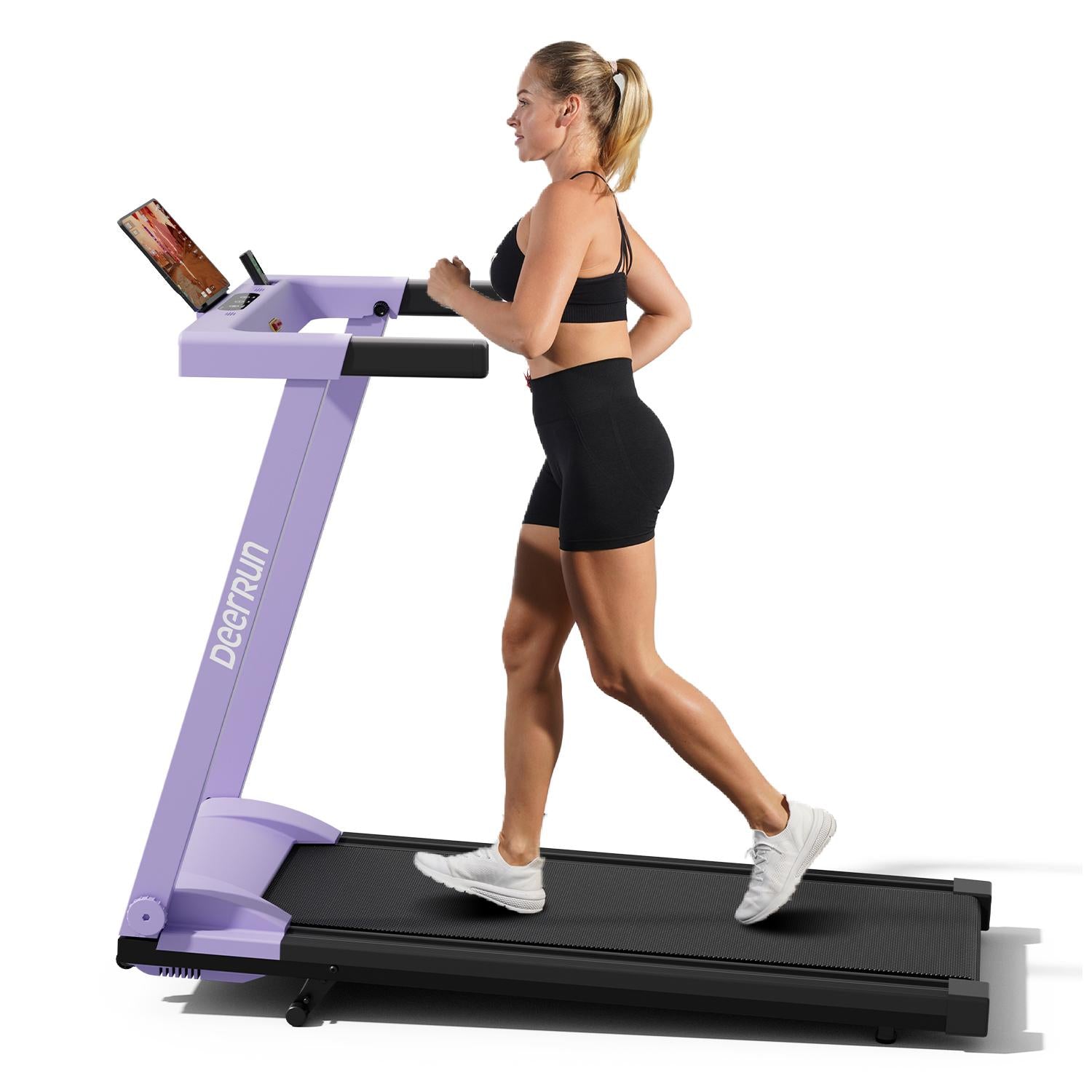
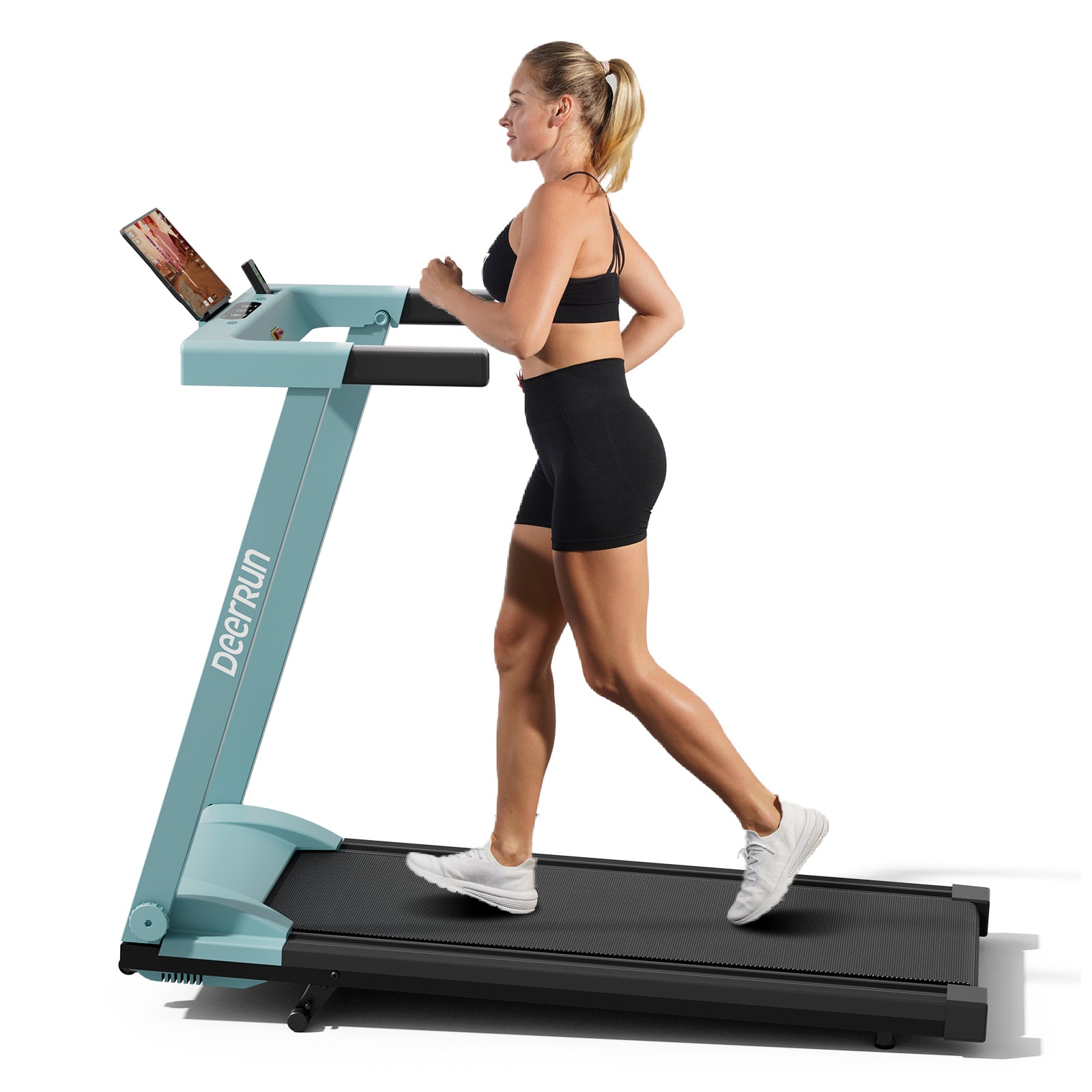





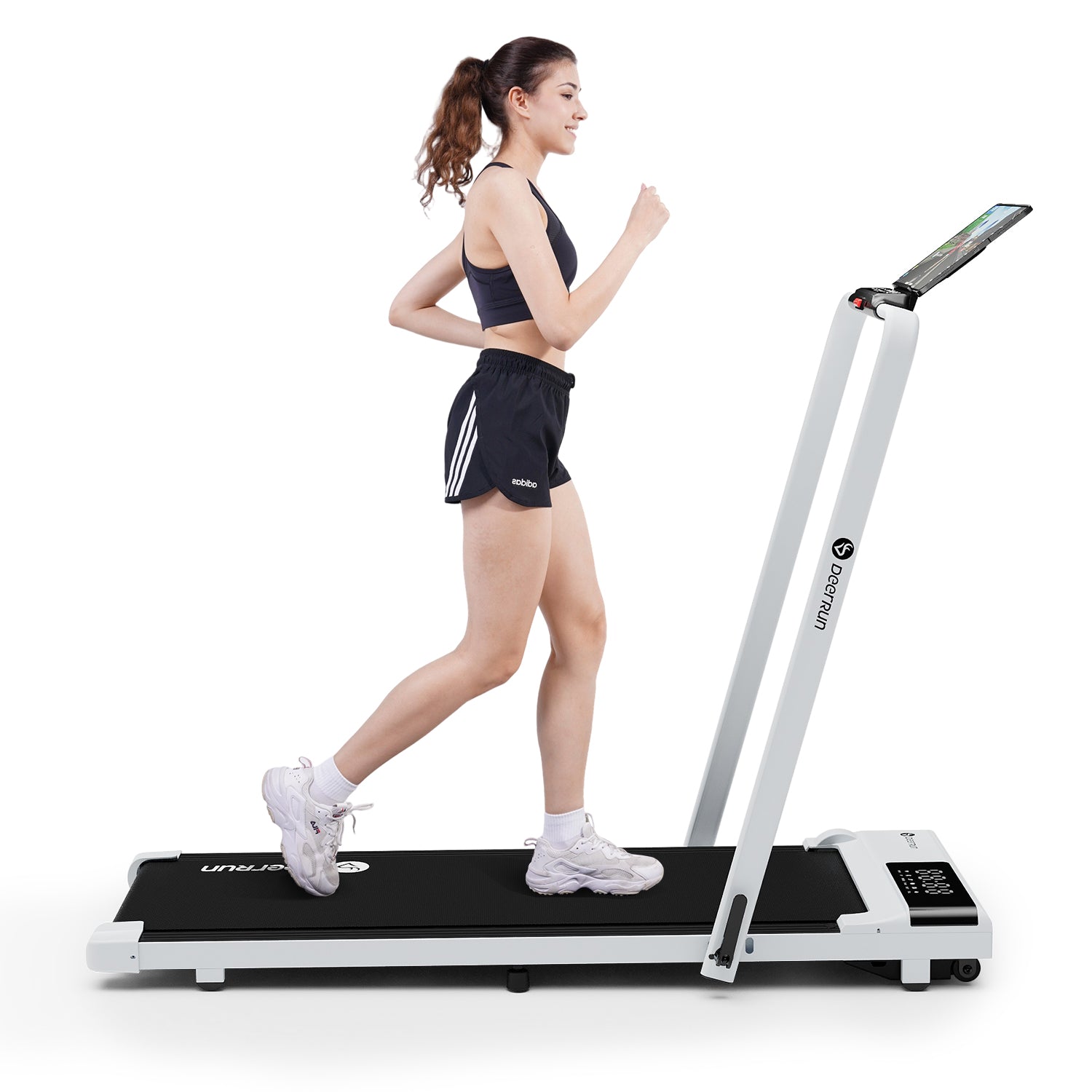


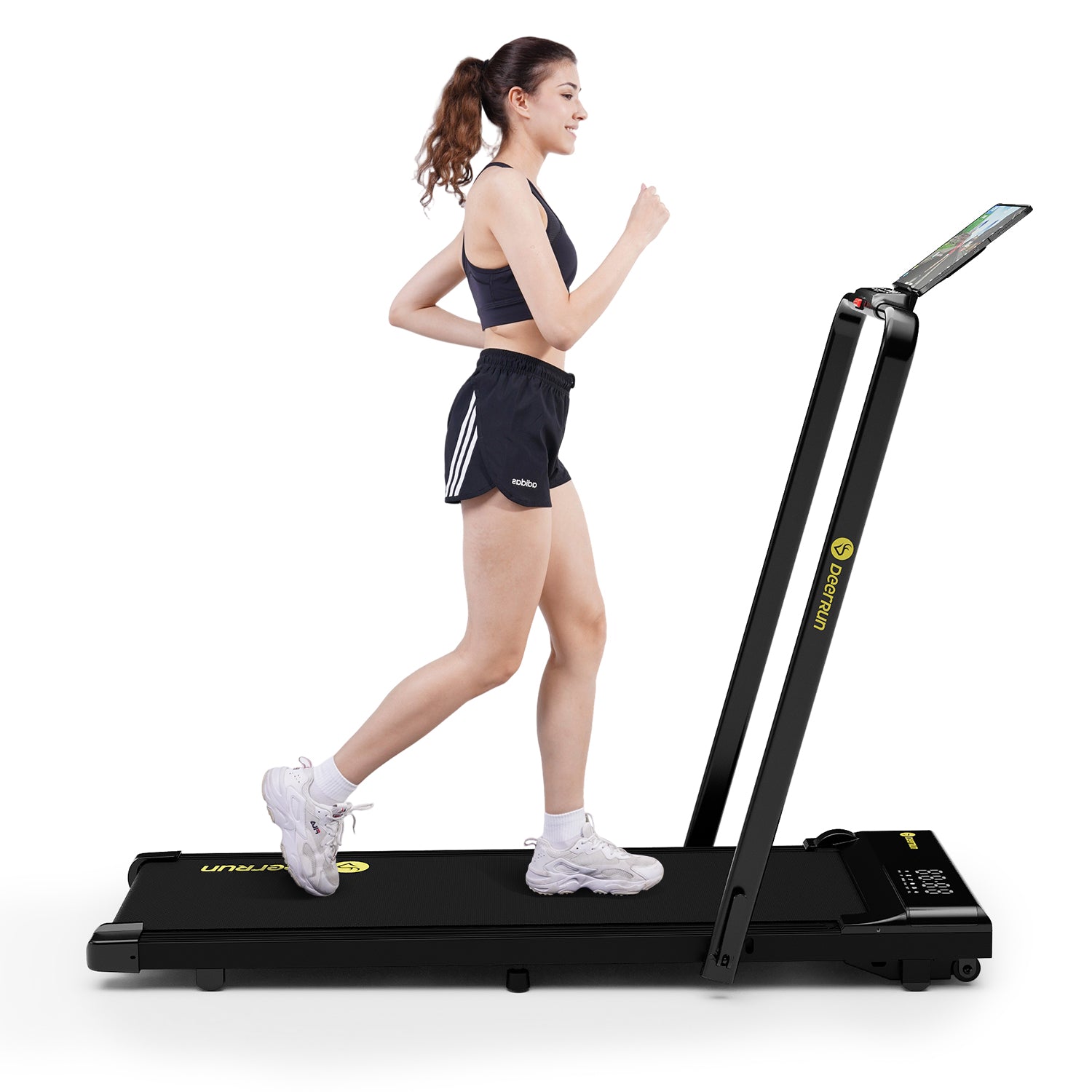









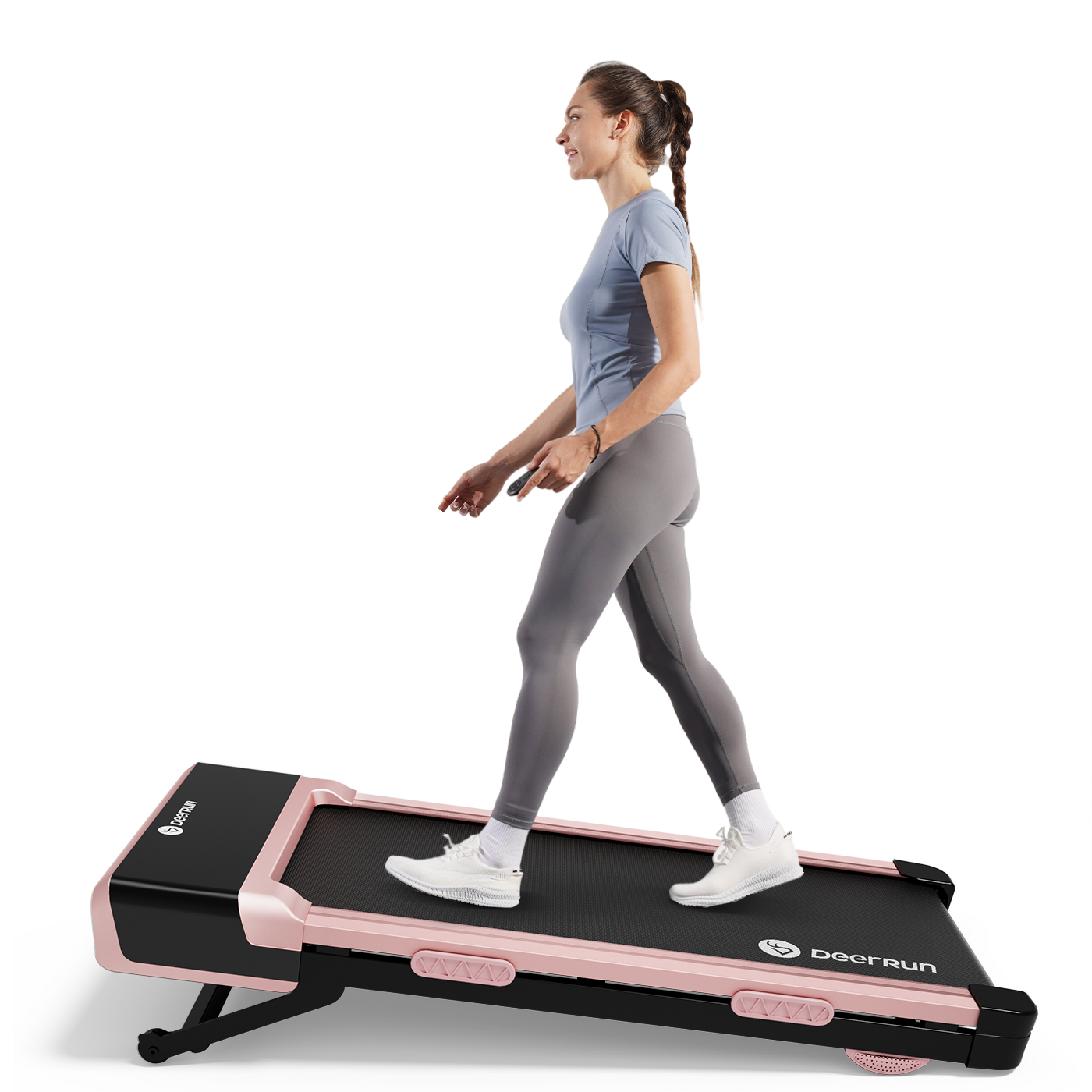
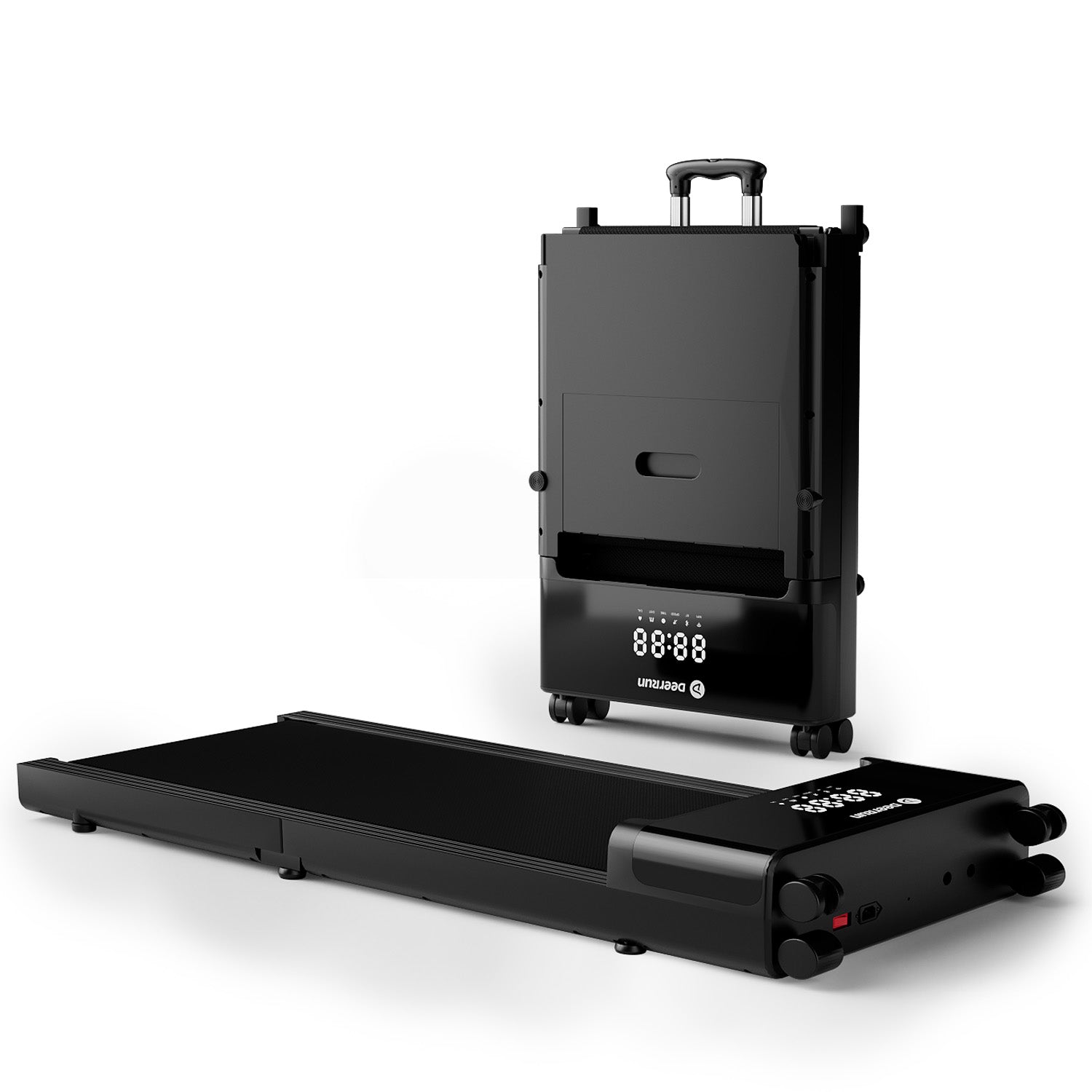

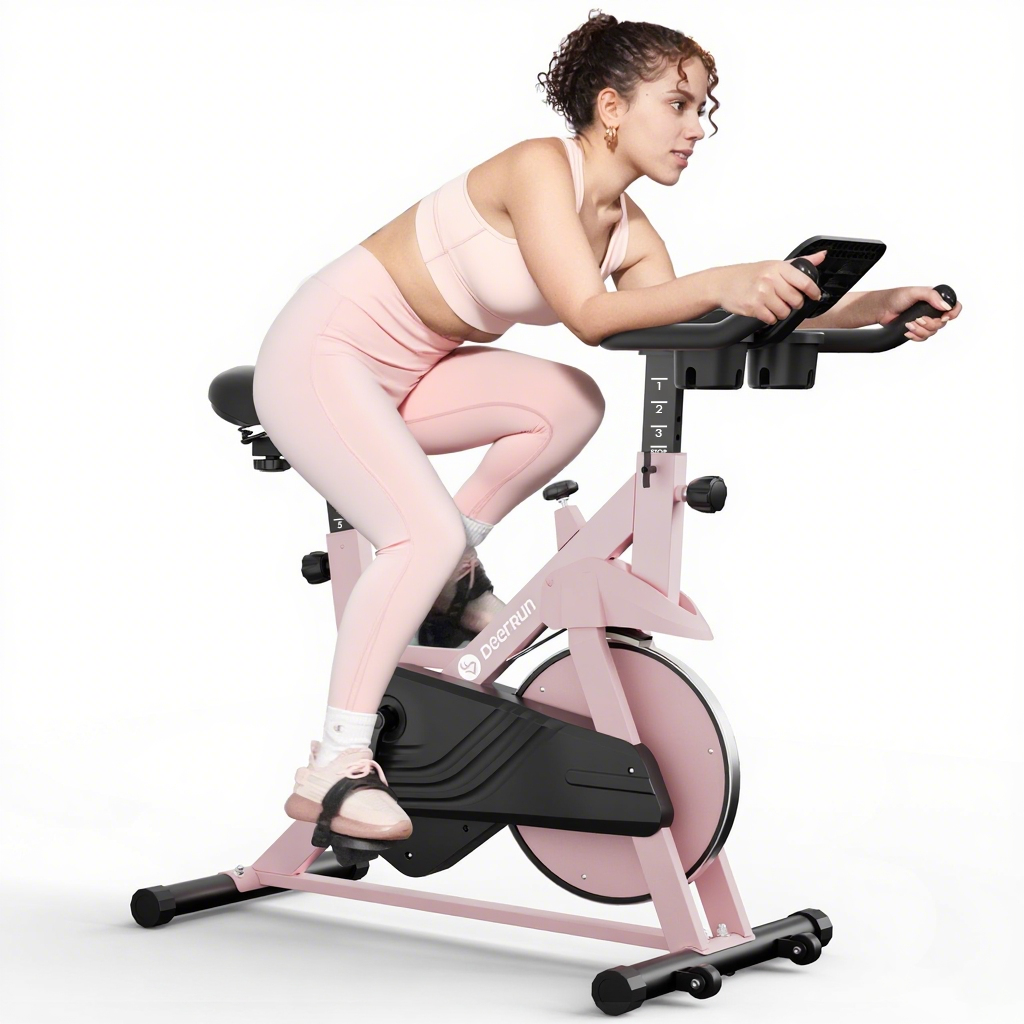
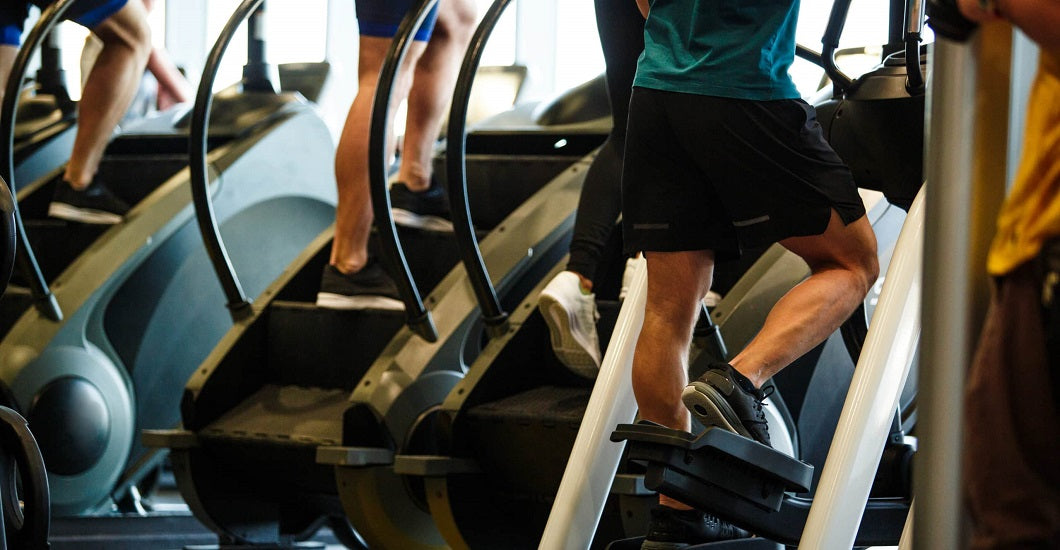


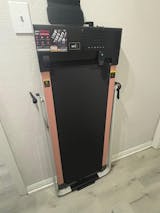
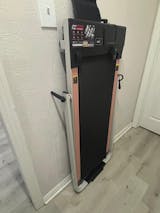
Leave a comment
All comments are moderated before being published.
This site is protected by hCaptcha and the hCaptcha Privacy Policy and Terms of Service apply.